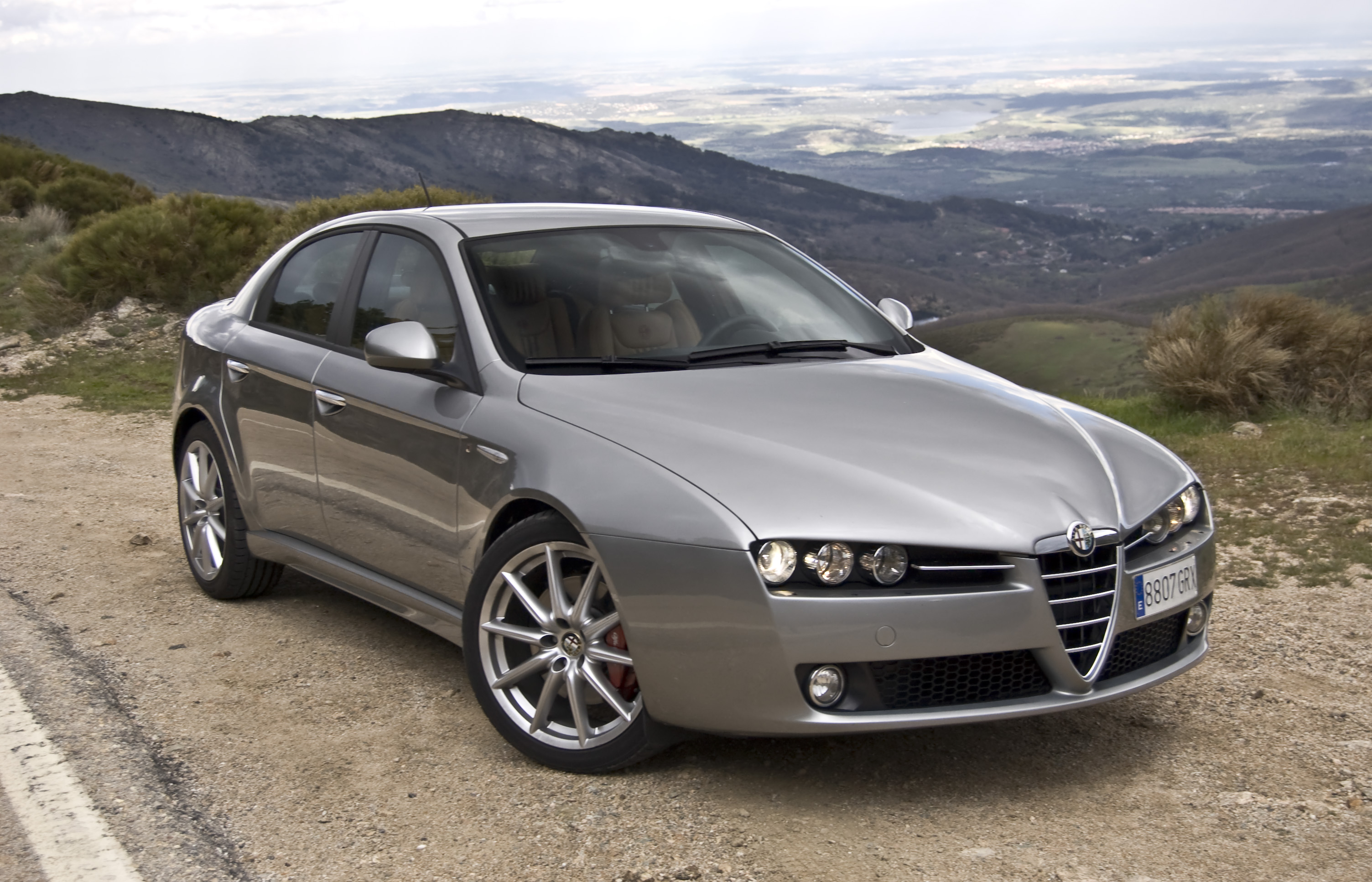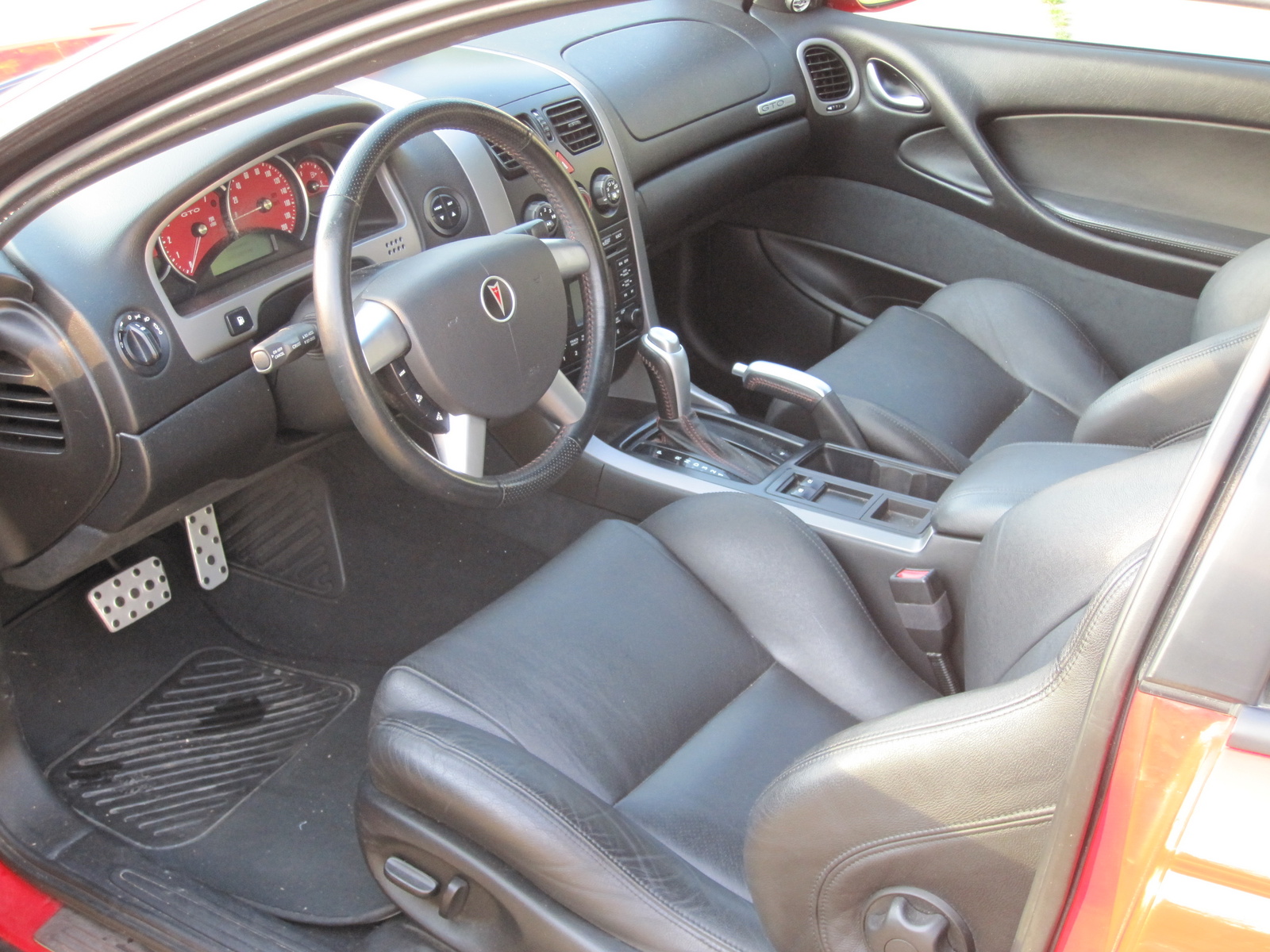
Like a tree falling in the woods, if Alfa Romeo returned to the U.S., would anybody care?
Outside a few thousand die hard Alfa fans, the ones who wear silk jackets with Alfa's cross and snake emblem and drink Peroni, I doubt it. And that lack of interest is unfortunate. Alfa has a long, storied history of racing and producing beautiful cars like the original 8c, the Montreal, and the new 4c. It's also produced some great, affordable cars like the Giulietta, GTV, and Spider. And until recently it's modern lineup included the lovely Brera and 159.

Since Alfa Romeo left our shores in 1995, it has announced and delayed its return more than a dozen times. This fact makes the Alfisti, or die hard Alfa Romero enthusiasts, the automotive equivalent of Cubs' fans. Every year there's a small chance something will happen... and... nothing. Then it's "wait 'til next year."

For most people in the U.S., Alfa Romeo is long forgotten, like Renault, Citroen, or Lancia. Even Studebaker gets more recognition than Alfa. But not surprising seeing how Alfa's most popular car was named after a Dustin Hoffman movie in the 1960's, where he cavorted with Mrs. Robinson.

But Alfa's biggest problem is not brand recognition. It's a lack of products. If Hyundai and Kia can rise from humble beginnings, then Alfa, with its history and access to Chrysler's dealer networks should be able to market itself as a premium brand and sell as many cars as BMW. But it needs a viable lineup that appeals to mainstream car buyers, not just the handful of Alfisti still clinging to their Milanos and 164s. They have to lure the kinds of people who buy the Acura ILX or Mercedes CLA. But other than the 4c, which competes with the Porsche Cayman, Alfa has nothing to offer. The 159 and Brera are gone and Alfa's only platform is already on sale in the US. It underpins the Dodge Dart, a car lot wallflower which seems to only drive sales toward the lowly and heavily discounted Dodge Avenger.

In fact, if Alfa Romeo finally does return to the U.S. it may find its place already taken. There's already a car manufacturer offering good looking, affordable, fun to drive cars. That company is Mazda.






















